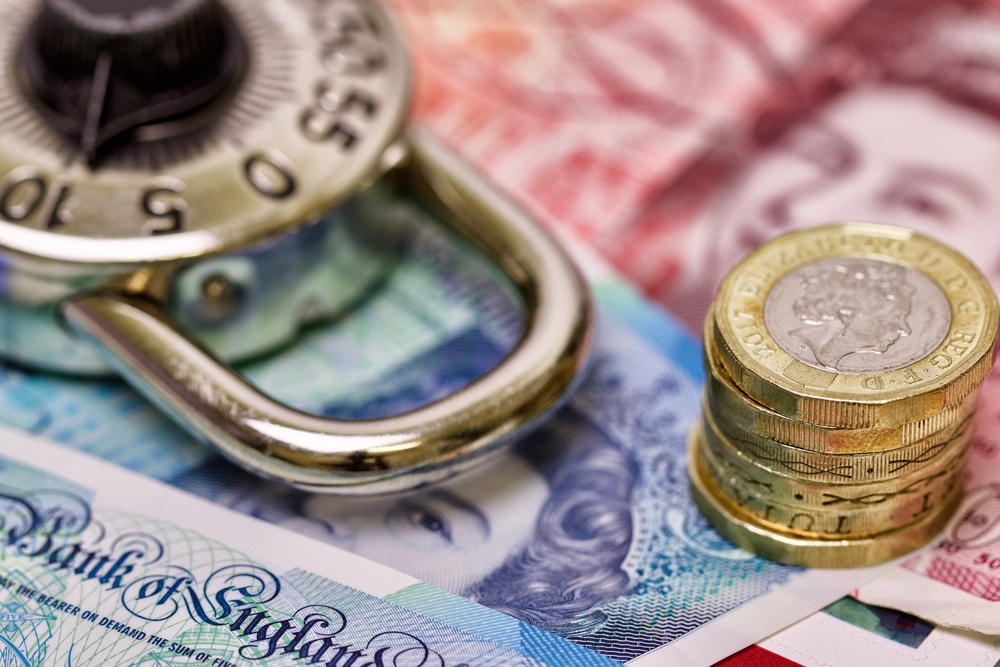News
Five reasons to use your ISA allowance

The maximum ISA limit is £20,000, which is a lot of money for the average saver. But there are plenty of reasons to use as much of it as possible.
The government increased the ISA allowance to £20,000 in the last tax year, the most generous level since the savings product was launched 20 years ago.
This means you can save or invest up to £20,000 into a cash or stocks and shares ISA and you won’t pay a penny of tax on anything you earn.
Around £69bn was put in adult ISAs in the 2017/18 tax year, an increase of £7.8bn compared to the year before, government figures show. But the average person is saving just £6,409 a year, well below the annual allowance.
While saving £20,000 a year is out of reach for many people, there are good reasons to increase the amount you put in an ISA if you have any spare cash in your bank account.
Here, senior wealth planner at Sanlam UK, Carl Drummond, shares his top five reasons:
- If you don’t use it, you lose it – If you don’t use your ISA allowance in a given tax year, it’s gone. So, even if you don’t want to invest in a stocks and shares ISA today, you could put money into a cash ISA, and move it into a stocks and shares ISA in the future if you prefer.
- Interest from ISAs doesn’t impact your personal savings allowance (PSA) – If you’re a basic-rate tax payer, you can earn up to £1,000 in interest a year tax-free. If you’re a higher-rate tax payer, that reduces to £500. The good news is that any interest earned within an ISA doesn’t count towards this allowance.
- The tax-free allowance makes a big difference – Any capital gains you make in excess of £11,700 a year are subject to capital gains tax (CGT). This is 20% for higher-rate tax payers and 10% if you’re a basic-rate tax payer. Returns on a stocks and shares ISA are protected from CGT, and it makes a big difference. If, for example, you invest £20,000 at the start of each tax year for the next 10 years and achieve an average return of 5%, you will make a gain of £64,136. If you then withdraw that money in one lump-sum, say for building work or buying a new property, you would pay £10,487 in CGT if you’re a higher rate tax payer. An ISA wrapper protects you from that.
- Sheltering your portfolio from dividend tax – Last year, the dividend tax allowance reduced from £5,000 to £2,000 a year. Even if your portfolio isn’t yet yielding £2,000 in dividends, you can protect yourself from future tax by ensuring those investments are held within an ISA tax wrapper now. If you’re a business owner and you pay yourself dividends, this becomes even more important as it all counts towards the same dividend tax allowance.
- Don’t forget about the junior ISA – You can also shelter up to £4,260 in a junior ISA this tax year. You will never be able to access these savings, and the child can only access it at the age of 18 years old, but it’s a good way of gifting money and not paying any tax on the returns.